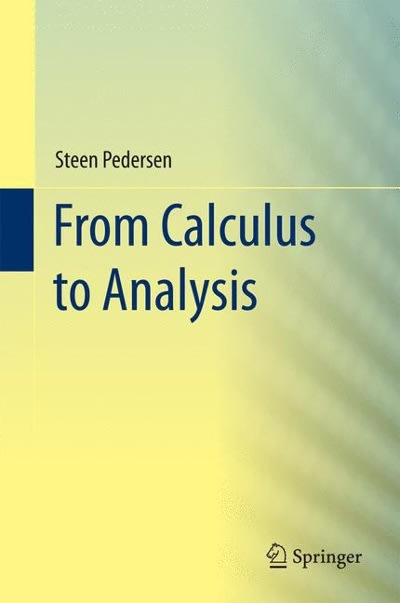solve this question
Problem 1 6pts (i) Suppose that Z ~ N(0, 1). Find E[IZ. E[Z-'] and E[Z-1/3], if they exist. 3 pts (ii) Suppose that K is a random variable that only takes values in {0, 1, 2, 3, ...). Show that E[K] = P(K > k). k=0 3 pts (iii) If X ~ Gamma(a, B), find E[Xsex ], specifying the real values of s and t for which it exists. 3 pts (iv) Suppose that a random variable X has the property that, for any a > 1, the conditional dis- tribution of a X given that X > a is the same as the distribution of X. Specify all possible distributions of X (by giving formulas for their c.d.f. or p.d.f.), as well as their expected value.Hints and Extra Information . The expectation of a function g(X ) of a continuous random variable X exists if and only if Elg(X)| is finite, i.e.. [ Is(x)Ifx(x) dx -1. Sums of real numbers can be reordered arbitrarily if all terms are nonnegative (the sum will either be infinite both times or equal to the same finite value both times) In particular, the choice of whether to sum over / first or / first in a double summation E, , of nonnegative terms does not affect the value of the sum. A good method of finding expectations of random variables related to known distributions is, where possible, to express the relevant sum/integral as a constant times the sum/integral of a known proba- bility mass/density function (which must equal 1) . If a random variable X has an even distribution (i.e. X and -X have the same distribution), then EX, if it exists, must have the value O (since EX = E[-X] = -EX . If any reasonable function / (including any positive or continuous or increasing or decreasing func- tion) defined on all positive real numbers is additive in that it satisfies h(x + y) = h(x) + h(y) for all positive x and y, then there must be a constant c such that h(x) = cx for all x > 0 If you find a positive function g with the property that g(x + y); (0) = g(x)g(y) for all positive x and y. then this is related to the additive condition: in fact it is easy to check that h(x) = In(g(x)/g(0)) must be an additive function. Similarly h(x) = In(g(x)/g(0)) must be additive if for all x. .....*, > 0 8 (x + ...+x.)8(0)"-1 = 8(x,) ...8(x.)








